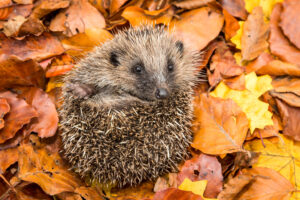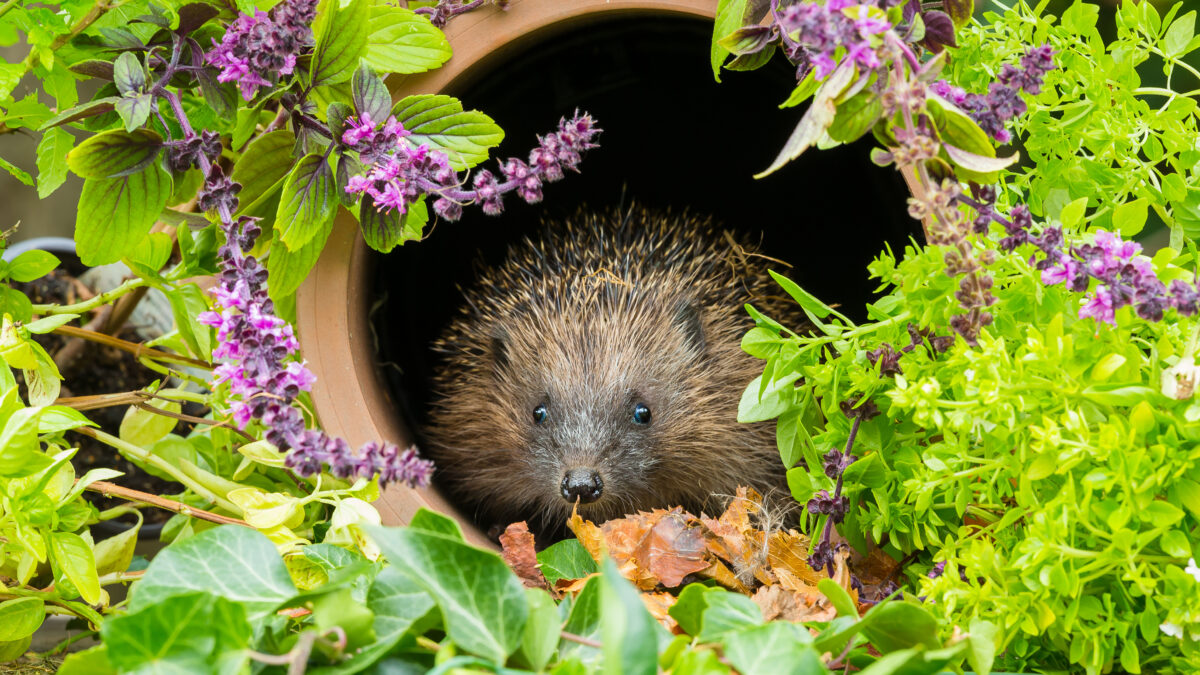
Beat the January blues
January 3, 2023
A PAWFECT YEAR
January 3, 2023They are the crowning jewels of the British countryside, but when it comes to conservation, hedgehogs aren’t out of the woods just yet.
In 2011 the first State of Britain’s Hedgehogs report highlighted the findings of several surveys that pointed to a widespread loss of our iconic and loveable hedgehogs (Erinaceus europaeus) over the previous 10 years. In 2020, hedgehogs were put on the International Union for Conservation of Nature (IUCN) Red List as vulnerable to extinction in Great Britain.
A decade on from the original report, it is worth bearing in mind that estimating the number of hedgehogs nationally with a high level of certainty is not easy. Hedgehogs are widespread but scarce, presenting practical challenges in finding them. What does seem to be apparent though, is that hedgehogs in urban areas have been increasing.
Most counts are from built-up places, often on public grassland such as playing fields and parks. The population of hedgehogs in gardens and other urban green spaces may be around 200,000-250,000, which suggests conservation efforts in these areas have been effective. This includes the creation of so-called ‘hedgehog highways’ – tunnel created between gardens – along with encouraging other hog habitats and wild areas in which they can thrive.
Sadly, the news is less positive in rural areas. Data from three surveys, shows a falling population trend.

HOME HOGS
So, what can we do to help?
- Offer good quality hedgehog food, such as meaty cat or dog food, cat biscuits and water for them, especially in the run up to hibernation when they need to build up fat reserves to successfully make it through to the dry weather.
- It’s possible to make or buy a hedgehog home that acts as a safe hibernation site in the winter, and consider a secluded nesting box for a mother and her hoglets in summer.
- If you find a hedgehog you are concerned about, avoid picking it up as this may traumatise it, and instead call The National Hedgehog Society, or your local animal rescue centre for advice.
- Always check bonfire piles for hedgehogs just before you burn them.
- Dispose of litter responsibility as hedgehogs can become trapped in discarded tins and wrappers.
- Build hog highways between gardens and make sure ponds have a slope as an exit.
- Take care on the roads – hedgehogs are nocturnal so are out at night. A hedgehog’s natural defence mechanism is to roll into a ball, but this is no match for a vehicle.




